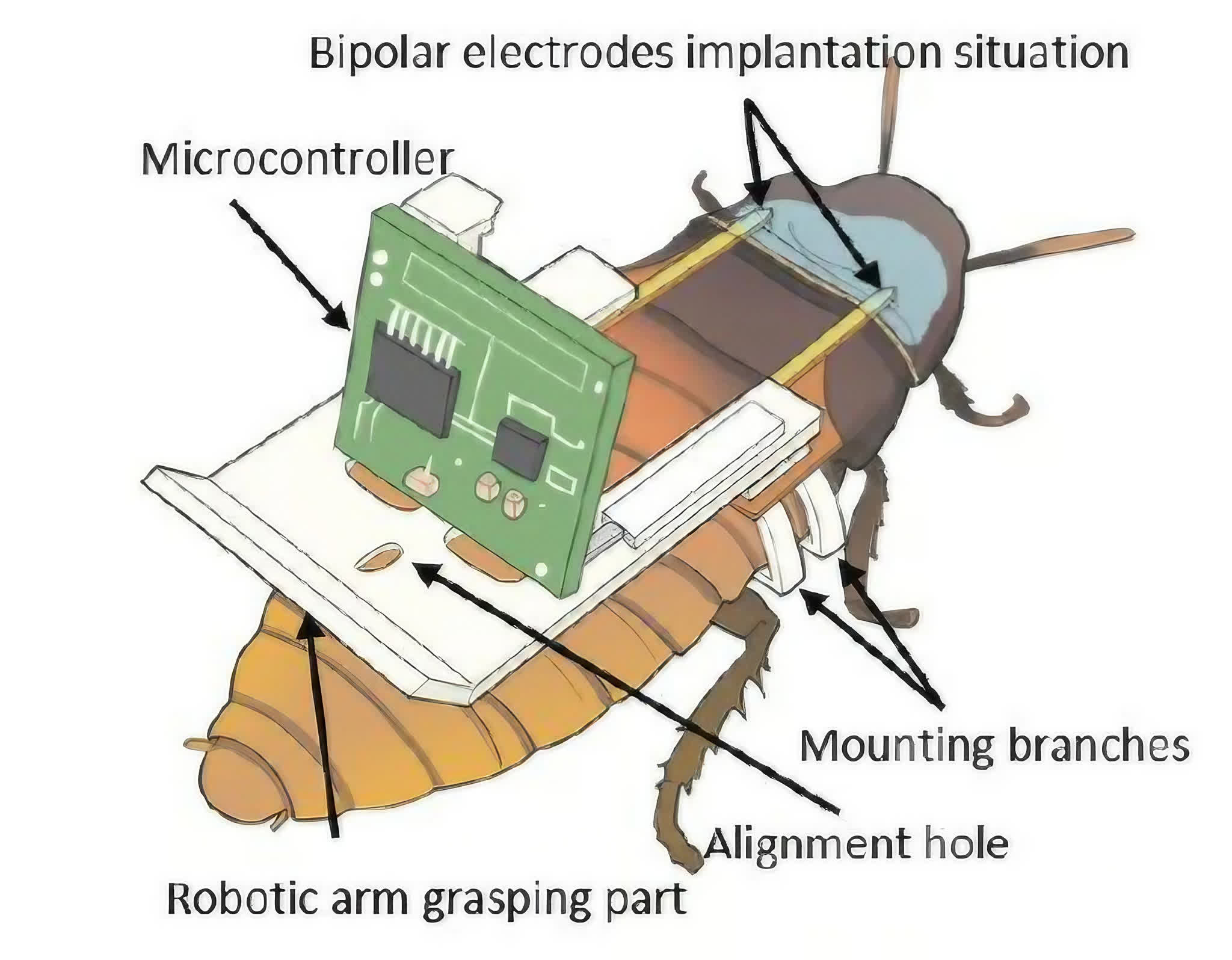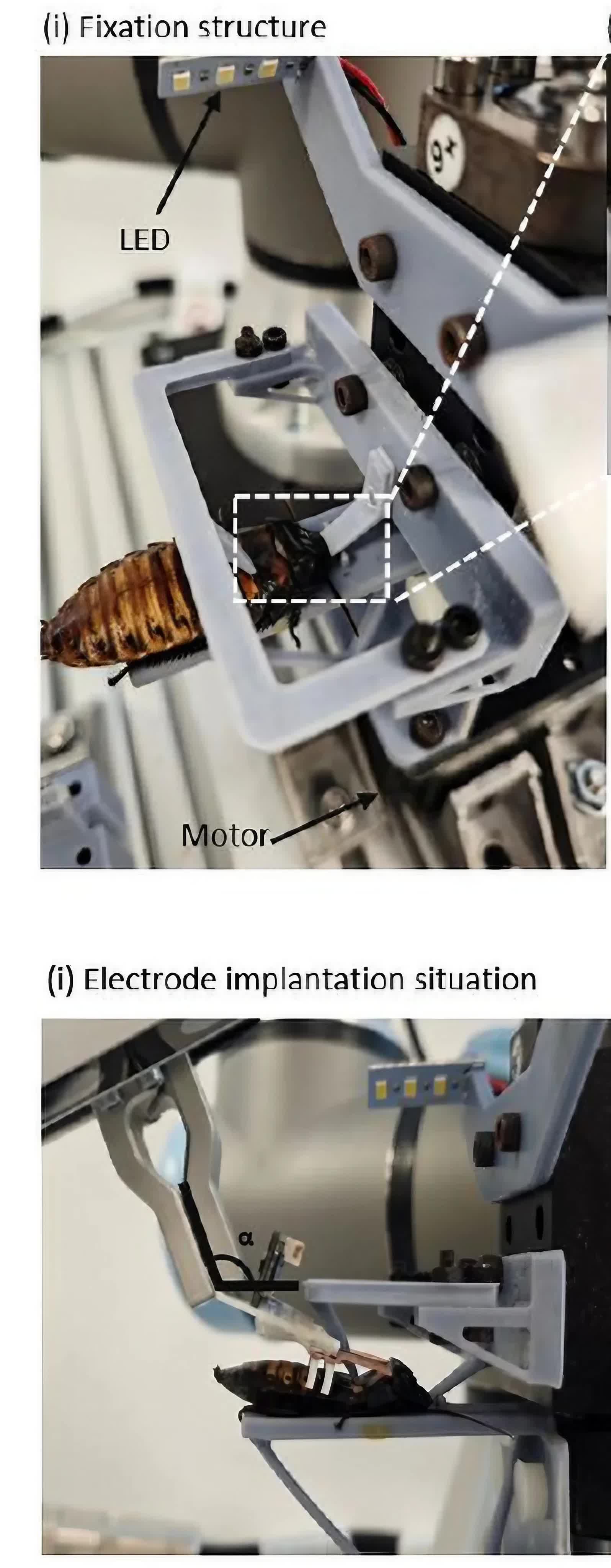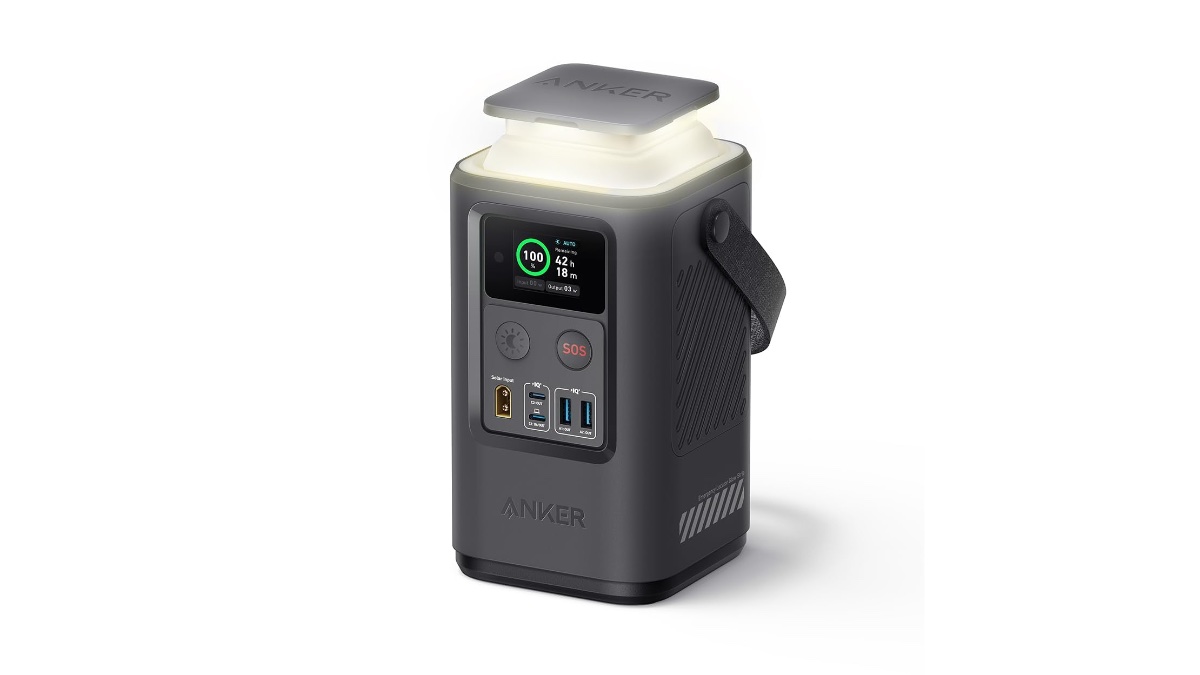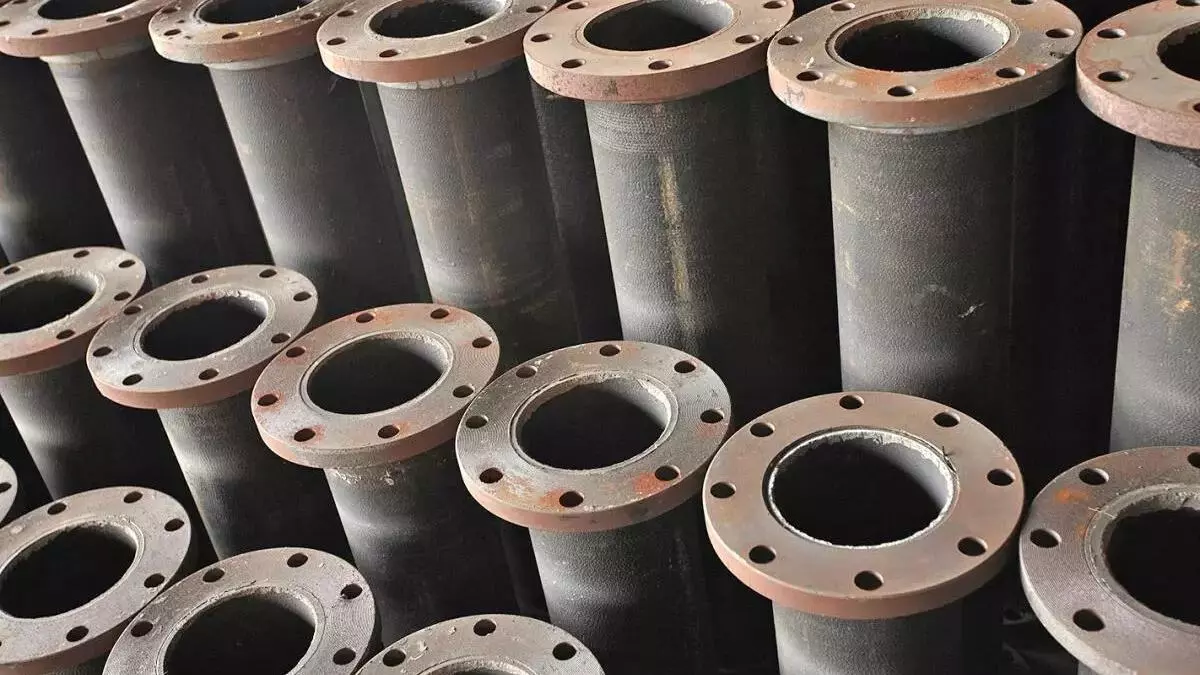Roaches assemble: Cockroaches are some of the most resilient creatures on the planet, making them an excellent tool for operations where humans simply wouldn’t fit. However, the biggest challenge has been taming these tiny beasts. While researchers have achieved limited success in the past, a new method now not only promises to turn cockroaches into cyborgs but also does it at scale.
A team of researchers in Singapore’s Nanyang Technological University has unveiled a novel manufacturing process that can mass-produce cyborg insects by automatically implanting electronic backpacks onto live bugs. The system is so efficient that it can crank out a cyborg cockroach once every 68 seconds. That’s a huge step up from previous efforts that required manual implantation of electrodes, which was painfully slow work given the delicate anatomy of bugs.
The system starts by anesthetizing some (unlucky) roaches with carbon dioxide. These incapacitated insects are then secured to a platform by metal rods. From there, a robot equipped with computer vision and deep learning scans each bug to identify optimal implantation points based on its particular size and body structure.

Using a robotic arm, a compact microcontroller is then carefully affixed to the roach. Specialized mounting branches help keep the backpack stable and secure. Once implanted, the backpack’s electrodes can electrically stimulate the bug’s neurons to control its movements.
The team says that they put their manufacturing process through extensive testing on Madagascar hissing cockroaches, which is one of the largest species of the bug and can reach 5 to 7.5 centimeters at maturity. The results showed that these cyborgs performed just as well as their manually-implanted predecessors when commanded to turn, decelerate, and navigate obstacle courses.
In outdoor trials, a squad of four cyborg roaches equipped with location trackers managed to collectively map 80% of a cluttered 4-square-meter area within 10 minutes – all while being remotely driven by their electronic backpacks.

The researchers state that this breakthrough paves the way for full-fledged “factories” that could mass-produce armies of insect cyborgs on demand to serve a variety of applications across different industries. Search and rescue in collapsed buildings and underground operations are two obvious use cases. But they also envision enhanced models with additional sensors for specialized inspections, environmental monitoring, and who knows what else.
The big remaining challenge is enabling these cyborgs to operate autonomously rather than being remote-controlled. If that can be achieved, the researchers claim hundreds of such robots could be operated simultaneously for more expansive missions.
The full findings can be found in a yet-to-be-peer-reviewed study published on the arXiv preprint server.









Leave a Comment